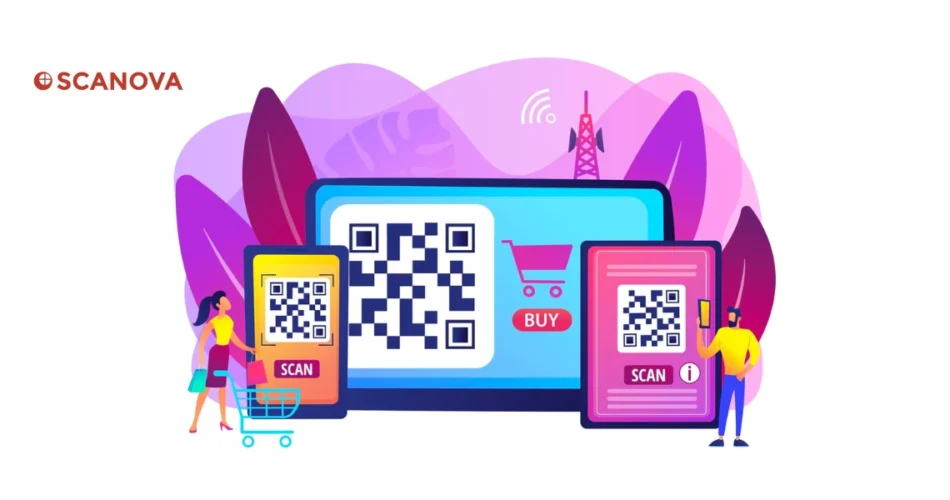QR Codes, those ubiquitous black and white squares, have become increasingly popular for bridging the gap between physical and digital worlds.
But with a plethora of online QR Code generators available, choosing the right one can be overwhelming.
Fear not, intrepid scanner seeker! This article delves into popular options’ features, pros, and cons, helping you pick the perfect code creator.
This QR Code generator review guide will compare different generators available online and help you select the best one for your particular use case.
A. What are QR Code generators
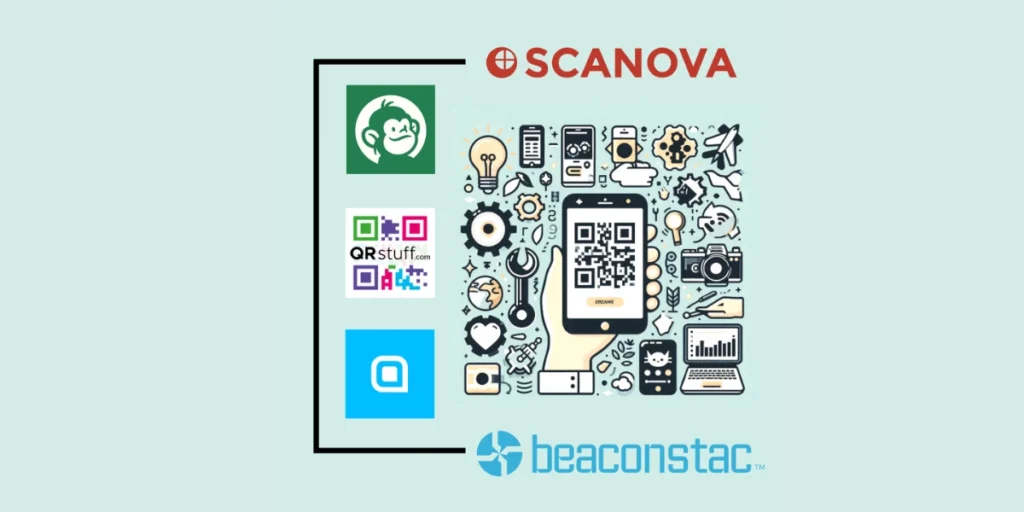
QR Code generators are online or software tools that allow users to create QR (Quick Response) codes quickly and easily.
From directing users to websites, sharing contact information, or providing access to exclusive content, QR Codes offer a versatile solution for bridging the physical and digital worlds.
With the increasing demand for QR Codes, many online QR Code generators have emerged, each offering unique features and functionalities.
QR Code generators provide a user-friendly interface where users can input the desired data and customize the appearance of the QR Code before generating it.
These generators typically offer a range of customization options, including:
1. Data Input: Users can input different types of data, such as URLs, text, phone numbers, email addresses, vCard information, and more, depending on the intended use of the QR Code.
2. Customization: Users can customize the appearance of the QR Code by selecting colors, adding logos or images, choosing different shapes and sizes, and adding frames or borders to make the QR Code visually appealing and aligned with their branding.
3. Error Correction Level: QR Codes have built-in error correction capabilities, allowing them to remain functional even if the code is partially obscured or damaged. Users can typically adjust the error correction level to balance data capacity with error recovery capabilities.
4. QR Code Type: Depending on the generator, users may have the option to create different types of QR Codes, such as static QR Codes, which contain fixed data, or dynamic QR Codes, which allow for real-time content updates.
5. Tracking and Analytics: Some QR Code generators offer tracking and analytics features, allowing users to monitor the performance of their QR Codes, track scan metrics, and gather insights into user engagement.
Now let’s understand each of these parameters and compare several generators online based on these parameters. Keep Reading for QR Code generator review!
Generate a QR Code For Your Unique Case
START TODAY!
B. Data type-based QR Code generator review
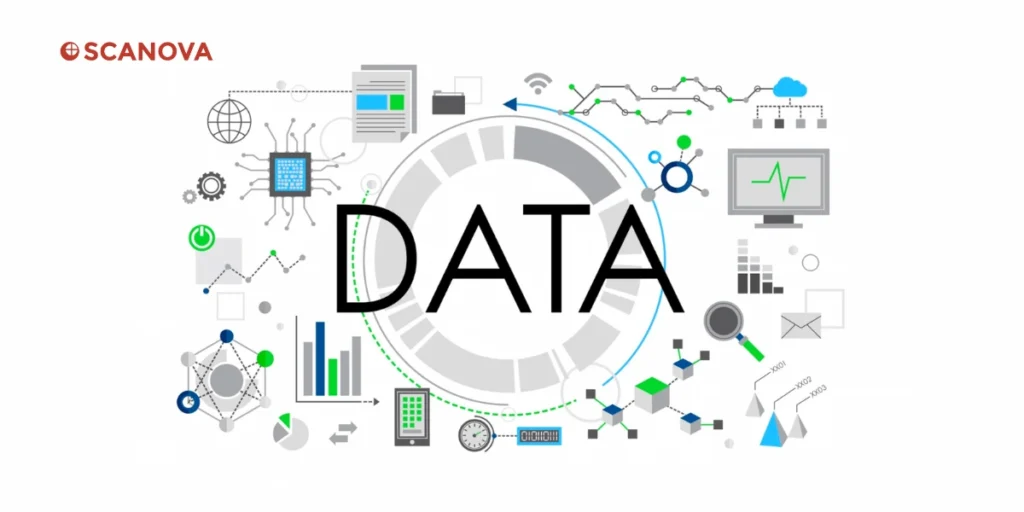
When referring to data types in the context of QR Code generators, it means the various formats of information that can be encoded within the QR Code.
QR Codes can store different types of data, and QR Code generators allow users to specify the type of data they want to encode. Some common data types include:
URL: This data type allows users to encode a website URL into the QR Code. When scanned, the QR Code directs the user’s device to open the specified URL in a web browser, making it convenient for marketing campaigns, sharing links, and directing users to specific online content.
Text: Users can encode plain text into the QRs, including messages, notes, instructions, or any other textual information.
When scanned, the QR Code displays the encoded text on the user’s device, making it useful for sharing textual content without the need for typing or manual input.
Contact Information (vCards or Business Cards): QR Codes can encode contact information, such as names, phone numbers, email addresses, and physical addresses, using the vCard format.
When scanned, the QR Code prompts the user to save the contact details directly to their device’s address book or visit your business profiles, streamlining the process of exchanging contact information.
Social Media and Email Address: QR Codes can encode an email address and optional subject and body text.
When scanned, the QR Code opens the user’s default email client with the encoded email address pre-filled, making it easy for users to send emails without typing the recipient’s address manually.
Not just that, users can even generate one QR Code for all social media which when scanned leads to all your available social media profiles.
Phone Number: QR Codes can encode a phone number, enabling users to initiate a phone call directly from the QR Code.
When scanned, the QR Code prompts the user to dial the encoded phone number, eliminating the need to enter the number manually.
Wi-Fi Network Credentials: QR Codes can encode Wi-Fi network credentials, including SSID (network name) and password, allowing users to connect to a Wi-Fi network without entering the credentials manually.
When scanned, the QR Code automatically configures the device’s Wi-Fi settings, simplifying the process of connecting to secure Wi-Fi networks.
| QR Code Generators Available Online | QR Code Generator Review: Number of Data Types Offered |
| Scanova | 24 |
| QR Stuff | 23 |
| QR Monkey | 22 |
| QR Code Generator | 14 |
| Unicode (formerly Beaconstac) | 14 |
Generate a QR Code For Your Unique Case
START TODAY!
C. Customization-based QR Code generator review

QR Code generators available online typically offer a range of customizations to tailor the appearance and functionality of QR Codes to suit specific needs.
These customizations can vary between different generators, but they generally include options such as:
Color customization: Users can select the colors of both the QR Code itself and the background.
This allows for branding or aesthetic considerations, ensuring that the QR Code fits seamlessly into the design of marketing materials or websites.
Logo embedding: Some generators allow users to embed a logo or an image within the QR Code.
This can help reinforce branding efforts and make the QR Code more visually appealing.
Size adjustment: Users can adjust the size of the QR Code to fit different use cases. For example, a smaller QR Code might be suitable for print materials, while a larger one may be better for digital displays.
Error correction level: QR Codes incorporate error correction to ensure they remain scannable even if they are partially damaged or obscured.
Users can typically choose the level of error correction based on the intended use case, with higher levels offering more robustness at the expense of increased data density.
Frame and shape customization: Some generators allow users to customize the frame or shape surrounding the QR Code.
This can include adding rounded corners, changing the shape of the corners, or adding decorative elements.
Resolution and image quality: Users may have the option to adjust the resolution and image quality of the generated QR Code.
Higher resolutions can improve the clarity and scannability of the code, particularly when it’s printed in large formats.
Now, let’s compare a few popular QR Code generators available online:
| QR Code Generators Available Online | QR Code Generator Review: Customizations |
| Scanova | Yes |
| QR Stuff | Yes |
| QR Monkey | Yes |
| QR Code Generator | Yes |
| Unicode (formerly Beaconstac) | Yes |
D. Error-correction-based QR Code generator review
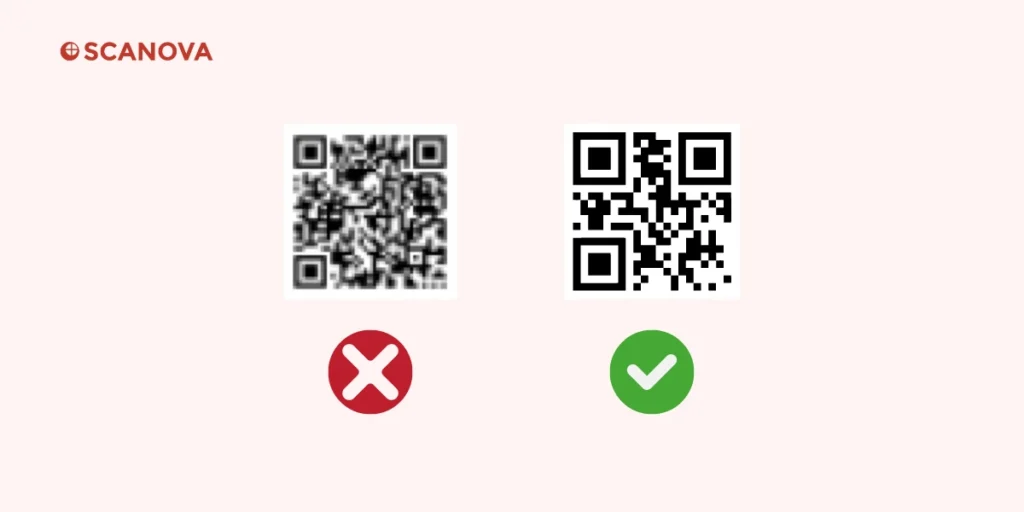
Error correction and scannability are two critical aspects of QR Codes that ensure their reliability and usability in various applications.
Error correction in QR Codes refers to the ability of the code to withstand damage or distortion without becoming unreadable.
QR Codes use Reed-Solomon error correction, which allows them to remain scannable even if parts of the code are obscured, damaged, or incorrectly scanned.
This is achieved by adding redundant information to the QR Code, which can be used to reconstruct missing or corrupted data during the scanning process.
QR Codes typically offer different levels of error correction, ranging from Level L (lowest) to Level H (highest).
Higher error correction levels provide more redundancy and can tolerate greater damage or distortion, resulting in larger QR Codes with less data storage capacity.
Scannability refers to the ease and reliability with which a QR Code can be scanned and decoded by a QR Code reader or scanner.
Higher resolution QR Codes generally offer better scannability, as they provide more detail and clarity, especially when printed in small sizes or displayed at a distance.
| QR Code Generators Available Online | QR Code Generator Review: Error Correction |
| Scanova | Yes |
| QR Stuff | Yes |
| QR Monkey | Yes |
| QR Code Generator | Yes |
| Unicode (formerly Beaconstac) | Yes |
Generate a QR Code For Your Unique Case
START TODAY!
E. Static vs dynamic QR Code generator review
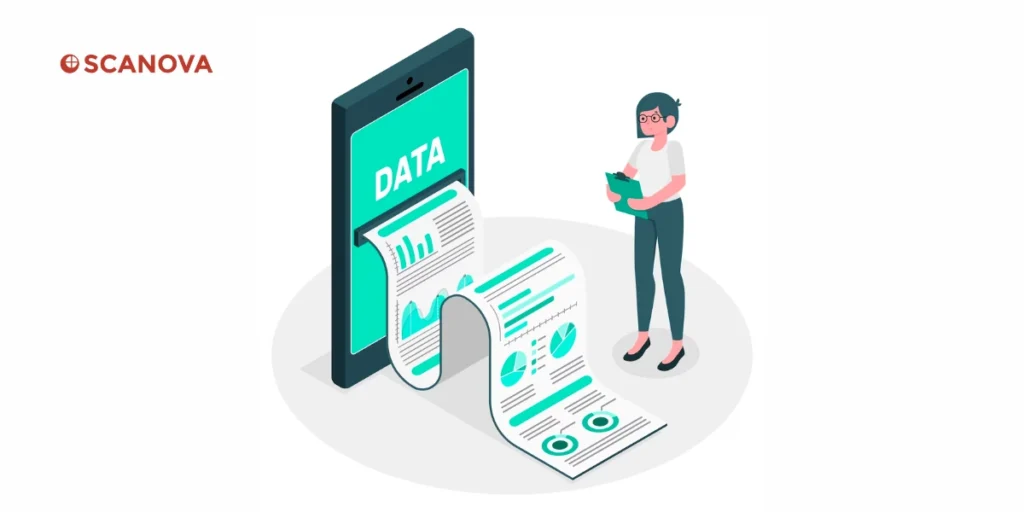
Static QR Codes and dynamic QR Codes are two types of Quick Response (QR) codes that differ in how they handle the underlying data and their behavior after generation.
Static QR Codes contain fixed data encoded directly into the code itself at the time of generation.
Once generated, the information encoded in a static QR Code cannot be changed without generating a new QR Code.
Static QR Codes are suitable for scenarios where the encoded information remains constant over time, such as linking to a website URL, sharing contact information, or providing product details.
They are commonly used for basic informational purposes, marketing campaigns, and simple transactions.
Dynamic QR Codes contain a link to a web server or online service where the actual data is stored.
Instead of encoding the data directly into the QR Code, dynamic QR Codes encode a URL that redirects to the desired content.
Dynamic QR Codes are ideal for scenarios where the encoded information may change over time or where additional functionality such as analytics or tracking is required.
They are commonly used for mobile payments, ticketing systems, inventory management, and marketing campaigns with variable content.
| QR Code Generators Available Online | QR Code Generator Review: Static vs Dynamic |
| Scanova | Static and Dynamic options are available for free as well as paid |
| QR Stuff | (A paid subscription is required to access all categories) |
| QR Monkey | (A paid subscription is required to access all categories) |
| QR Code Generator | (A paid subscription is required to access all categories) |
| Unicode (formerly Beaconstac) | (A paid subscription is required to access all categories) |
F. Tracking and analytics-based QR Code generator review
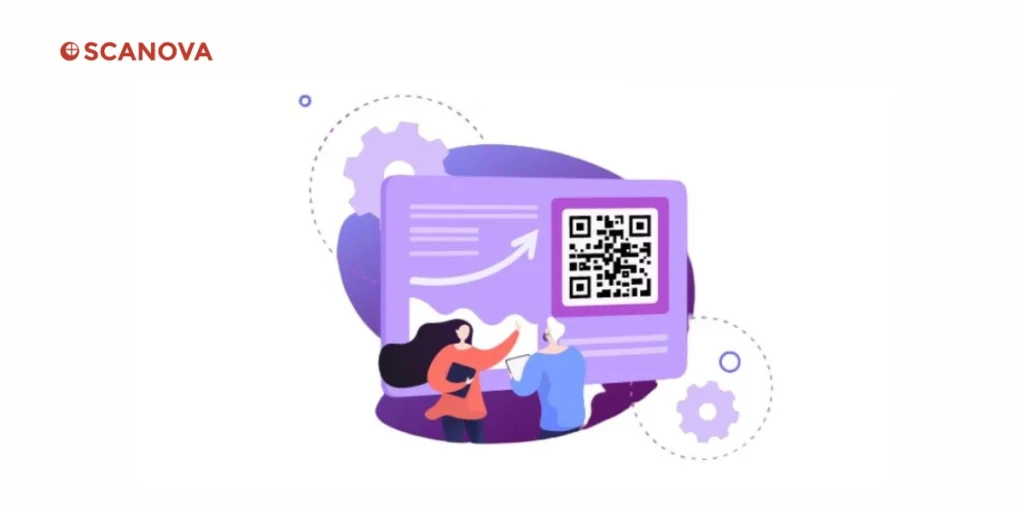
QR Code tracking and analytics in the context of online QR Code generators refer to the ability to monitor and analyze the usage and performance of generated QR Codes.
This feature allows users to gain insights into how, when, and where their QR Codes are being scanned, enabling them to optimize their marketing campaigns, improve user engagement, and measure the effectiveness of their QR Code-based initiatives.
Here’s a breakdown of the key aspects of QR Code tracking and analytics:
Scan Data: QR Code tracking tools collect data on each scan of the QR Code, including the date, time, and location of the scan, as well as the type of device used to scan the code (e.g., smartphone model and operating system).
User Engagement: By analyzing scan data, users can gain insights into user engagement with their QR Codes.
This includes metrics such as the number of unique scans, total scan count, and scan frequency over time.
Geolocation: QR Code tracking tools may provide geolocation data, showing where the QR Codes were scanned.
This information can be valuable for understanding the geographic distribution of the audience and targeting marketing efforts more effectively.
Device Insights: Knowing the types of devices used to scan QR Codes can help users optimize their QR Code content and design for different platforms and screen sizes.
Reporting and Analytics: QR Code tracking tools typically provide customizable reports and analytics dashboards that allow users to visualize and analyze scan data.
These reports may include metrics such as scan trends, peak scan times, and popular scanning locations.
| QR Code Generators Available Online | QR Code Generator Review: Tracking and Analytics |
| Scanova | Yes |
| QR Stuff | Yes |
| QR Monkey | Yes |
| QR Code Generator | Yes |
| Unicode (formerly Beaconstac) | Yes |
Generate a QR Code For Your Unique Case
START TODAY!
G: FAQs: QR Code Generator Review

1. What is a QR Code generator?
A QR Code generator is a tool, whether online or software-based, designed for crafting QR (Quick Response) Codes.
These QR Codes are capable of housing various types of data, such as URLs, text, contact information, or Wi-Fi credentials.
2. Are free QR Code generators considered secure?
In general, most reputable free QR Code generators are deemed safe for use. Nonetheless, exercise caution when utilizing QR Codes sourced from unfamiliar or untrustworthy origins, as they may potentially lead to malicious websites or content.
3. Can I personalize the appearance of QR Codes produced through free means?
Certainly, numerous free QR Code generators provide basic customization features. Typically, users can adjust the QR Code’s color and sometimes incorporate a logo or image into its center. However, more extensive customization options may be exclusive to paid versions.
4. What varieties of QR Codes can I generate without charge?
Free QR Code generators typically support a range of QR Code types, encompassing website URLs, plain text, contact details (vCards), Wi-Fi network credentials, and others.
5. Is registration or personal data necessary to utilize a free QR Code generator?
The necessity for registration or personal data submission varies among different generators. While some may mandate registration or personal information, others enable QR Code creation without such prerequisites.
Ensure to review the generator’s terms and privacy policy accordingly.
6. Can I employ a free QR Code generator for business purposes?
Indeed, free QR Code generators are suitable for commercial utilization, albeit with awareness of any potential limitations or constraints.
Some free generators may impose usage caps or imprint watermarks onto generated QR Codes.
7. Do free QR Code generators have limitations compared to their paid counterparts?
Yes, free QR Code generators frequently entail limitations such as fewer customization options, restricted analytics, and diminished support levels.
Paid versions may offer advanced functionalities and eliminate these limitations.
8. How can I validate a QR Code’s functionality before printing it?
To verify a QR Code’s functionality, utilize your smartphone’s camera along with a QR Code scanning application.
Simply scan the QR Code, and it should prompt the associated content or link.
